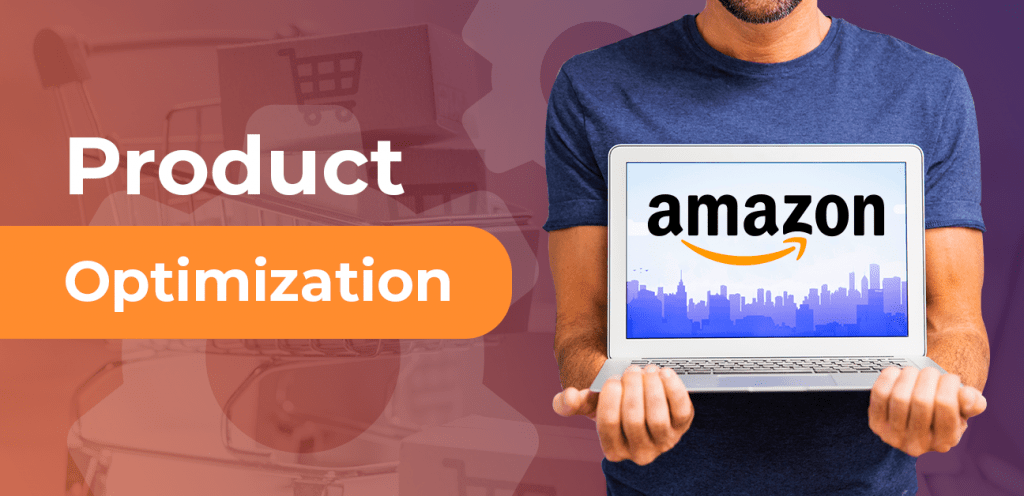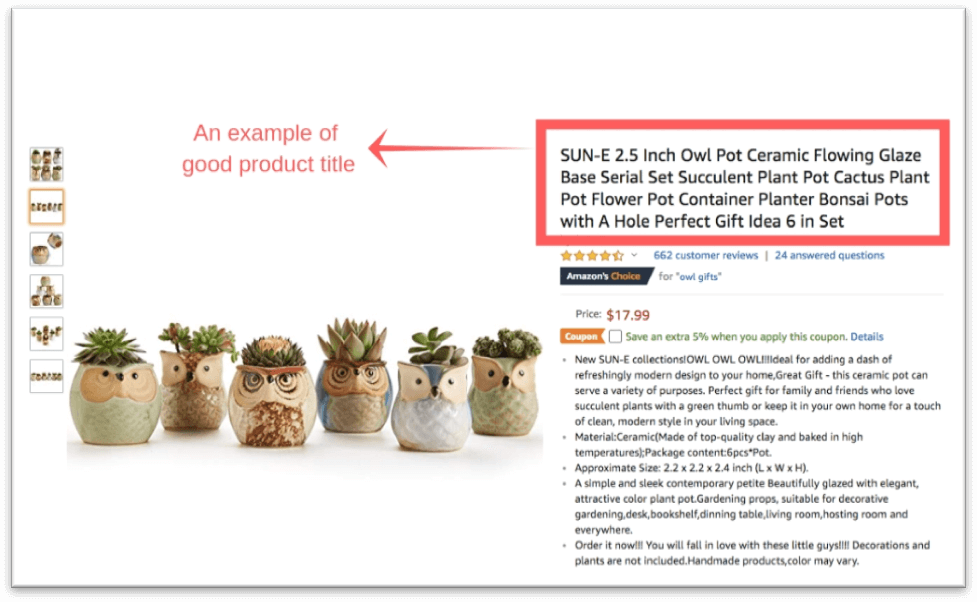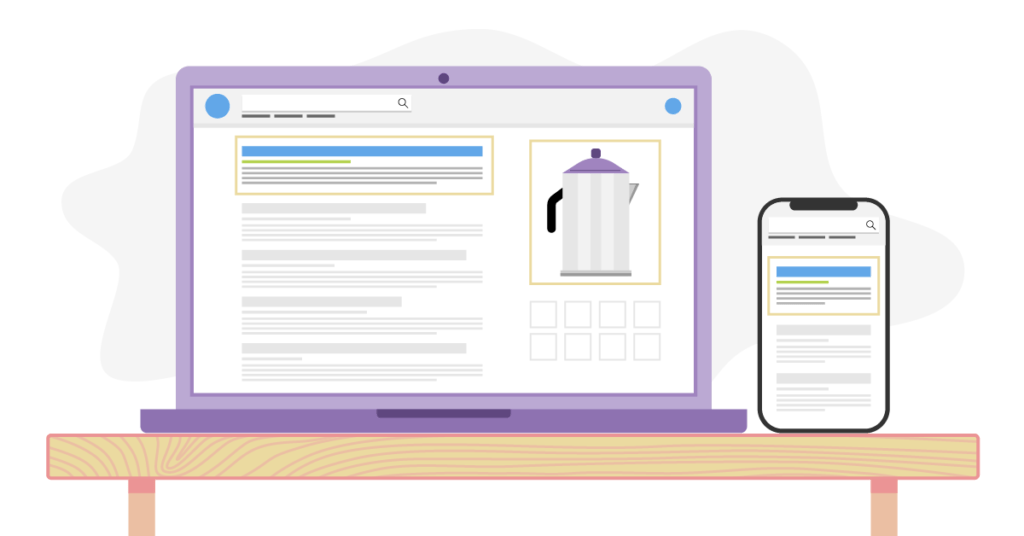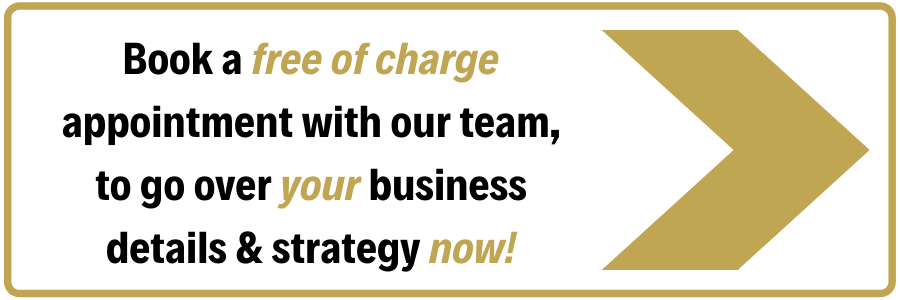
This post may contain affiliate links. Click here to find out more about this.
Table of Contents
We always believe in the quote “Content is King,” and it’s true. We don’t simply develop content for Amazon; we also create content for customers to help them understand why their product is unique. Here’s a quick rundown of what Product Content Optimization entails.

Amazon product listings have become such ingrained in our culture that it’s difficult to find someone who doesn’t know what one looks like.
While many people in the industry can imagine Amazon product listings, improving them is a considerably more difficult task. It’s simple to upload a few IDs and photos to Amazon and release it into the wild.
On the other hand, a well-optimized product listing attracts more focused traffic, boosts conversion rates, and encourages positive product reviews. Optimized listings also lower the risk of future returns by removing any potential consumer uncertainty.
8 Key Parts to Optimize Your Product Content
We’ll look at some of the key parts of an Amazon product listing and highlight how to optimize them proactively.
1. Title
One of the most important aspects of an Amazon product listing is the title. It is the first thing that people notice and can capture the attention of customers in a way that other aspects simply cannot. While listing titles must be under 200 characters, optimal titles include as many vital features and facts as possible, so the consumer knows exactly what the item is about right away. The following are some general recommended practices:
2. Brand name
- Color, variant, etc.
- Unit size (aka the size of the product if it’s clothing, i.e., Small)
- Quantity (aka the number of units in a bulk package, i.e., 10 Pack)
- Keywords
The added keywords are one of the most significant aspects of the title. The right keywords can help product listings appear in specific searches, resulting in more views and conversions. For completely optimized titles, brands should keep track of what users look for before landing on certain products.
3. Product Images
Product photos, after the listing title, are one of the simplest ways to grab a customer’s attention–and they’re a proven way to hold it. Customers can see a product in its natural environment thanks to product photographs. Pictures may assist customers to understand the size, form, proportions, and quality of a product without having to hold it in their hands.
The greatest listings often feature 5-7 huge, high-quality photographs, the first of which is set against an all-white background.
Brands should utilize high-quality, saved-for-web product images to ensure that listings appear effectively on mobile applications and other non-desktop platforms.

See How My Agency Can Drive Massive Amounts of Traffic to Your Website
SEO – unlock massive amounts of SEO traffic. See real results.
Content Marketing – our team creates epic content that will get shared, get links, and attract traffic.
Paid Media – effective paid strategies with clear ROI.

See How My Agency Can Drive Massive Amounts of Traffic to Your Website
SEO – unlock massive amounts of SEO traffic. See real results.
Content Marketing – our team creates epic content that will get shared, get links, and attract traffic.
Paid Media – effective paid strategies with clear ROI.
4. Bullet Points
The bullet points come next. The bullet points in a product listing highlight the product’s most important qualities and give you additional room to incorporate searchable keywords.
Bullet points are also a great way for brands to highlight product variations or differences, ensuring that customers get exactly what they want every time they buy.
Amazon listings with optimized bullet points often have five extremely detailed bullet points targeted for driving immediate conversions.
5. Appropriate Category selection (Browse Node)
Choosing the correct Amazon categories for your book or product can make a big difference. Finally, the description is an important aspect of Product Content Optimization.
6. Product Description
The description is usually placed lower on a page than the other details. Nonetheless, it is as vital in boosting consumer conversions–59 % of Amazon shoppers read the product description before purchasing.

The product description provides plenty of room for marketers to dig into a product’s important qualities.
A paragraph or two of information in optimized listings provides clients with a good knowledge of product details. The product description is the most content-heavy place on a product listing page, short of leveraging A+ content, to spell out product differentiators, details, and highlights.
It can take a lot of time for brands with a large number of products or limited resources to go over and optimize every single feature of each listing.
Brands don’t have to worry about wasting time on product listing optimization with a single third-party selling partner. Instead, a third-party seller constantly checks, updates, and optimizes listings for optimal conversion. Have a consultation with us about product content optimization.

